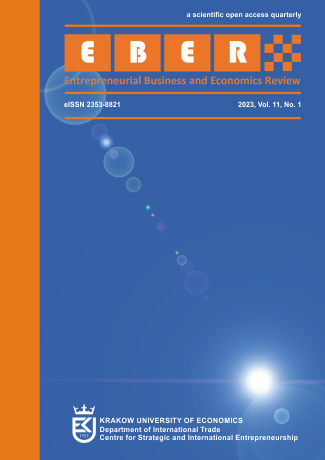Does human resource performance contribute to the success of the university entrepreneurial project?

Abstract
Objective: This article aims to verify the influence exerted by the performance of human resources on university entrepreneurship.
Research Design & Methods: The methodology used in the research was cross-sectional, observational, and explanatory. Regarding the sample used, 434 university entrepreneurial leaders from the state of Guanajuato, Mexico were considered. A structural equation model (SEM) was designed for the hypothesis test. According to the goodness and fit indices of the model, they turned out to be satisfactory.
Findings: I confirmed that the management of human resources positively influenced the performance of HR. Similarly, the HR performance positively influenced the management and success of the entrepreneurial project and finally, the management of the project positively influenced the success of the university entrepreneurial project.
Implications & Recommendations: The practical implications and recommendations focus on university entrepreneurs of SMEs, who must consider the entrepreneurial processes of business entities and the necessary human resources, which impact the new firm as well as the positioning of their venture, considering human resources as the main factor for the development and growth of entrepreneurship. Therefore, the management of human resources plays a very important role in the development of the entrepreneurial project, and in the same way, represents a management tool focused on the people involved in the development of the entrepreneurial project.
Contribution & Value Added: This study highlights the management and performance of human resources and the success of the business project previously studied specifically in the university enterprise in Mexico. The results obtained contribute to the literature by shedding light on the process of human resource management in entrepreneurship.
Keywords
human resource managemen, management projec, entrepreneurship, new firms, university entrepreneurship, entrepreneurial project
